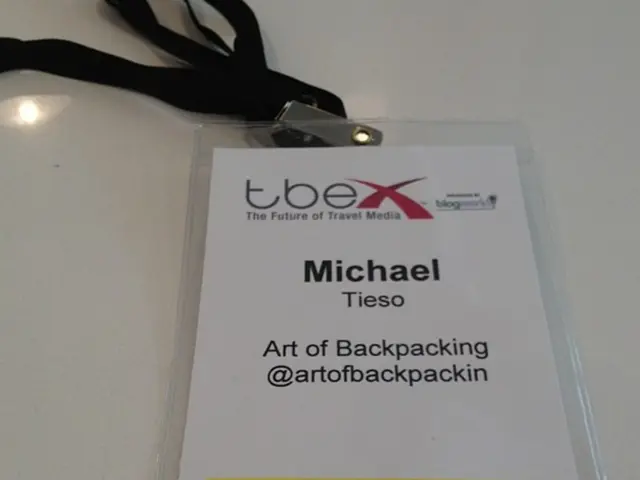On-point Reading Objectives for Individualized Education Plans, Fostering Autonomy in Daily Life Skills
In a classroom setting, [Student Name] has shown remarkable progress in various areas of functional reading. With an accuracy of 85% in 3 out of 5 evaluations, [Student Name] can match hygiene product words to their uses, read and follow basic first-aid instruction labels, locate at least two exits on a fire evacuation map, identify times and stops on a transportation schedule, and read and understand nutritional labels.
Moreover, [Student Name] can identify three details on prescription labels with 90% accuracy and explain the meaning of emergency words with 85% accuracy. By the end of the IEP period, [Student Name] will show understanding of simple text messages with familiar social words and identify and read at least ten social interaction words.
Functional reading is not just about academic achievement. It is about connecting text with actions that matter in everyday life, such as reading a "Stop" sign, following directions on a recipe, or understanding the labels on a medication bottle. Functional reading encompasses skills like spotting key details, making inferences, and drawing connections to achieve practical tasks in various real-world contexts.
When crafting functional reading IEP goals for non-verbal students, those with autism, ADHD, or other learning needs that complicate reading development, it is essential to focus on practical, measurable skills that support real-world reading and communication abilities. Using the SMART framework (Specific, Measurable, Achievable, Relevant, Timely), teams can create goals that are clear, trackable, and tailored to the student’s current abilities and practical needs.
Key strategies include breaking down reading tasks into manageable, step-by-step objectives, incorporating alternative communication methods, emphasizing functional literacy skills, and targeting attention and executive functioning where needed. Goals should be highly individualized, developed collaboratively with a multidisciplinary team, parents, and specialists to align with the student’s strengths, interests, and daily contexts.
Some example functional reading IEP goals might be:
- By the end of the IEP year, the student will use a picture symbol communication board to indicate answers to reading-related yes/no questions with 80% accuracy during 4 out of 5 reading activities.
- Given a visual schedule containing words and pictures, the student will follow the sequence of steps to complete a classroom task independently with 90% accuracy, measured weekly.
- During shared reading time, the student will point to key sight words from a pre-taught list with 85% accuracy in 3 out of 4 sessions.
- The student will remain engaged with a reading task for at least 5 minutes using provided self-regulation strategies in 4 of 5 observed sessions.
Such goals emphasize meaningful skills that support functional reading independence, build confidence, and address specific challenges related to autism, ADHD, or non-verbal status. Consistent progress monitoring, collaboration, and use of assistive technologies are key for success.
Functional reading is essential for independence, better communication, problem solving, and setting the stage for employment. It helps students navigate menus, scanning maps or receipts, and understand the world through the lens of written cues that instruct and empower. By the end of the IEP period, [Student Name] will read and match everyday sight words to pictures with 90% accuracy over a 4-week period, read and explain the context of a sentence containing a functional social word, read and respond appropriately to a written greeting, and read aloud and state the meaning of common social words.
In community settings, [Student Name] will identify who to call in specific situations with 80% accuracy, read and interpret pedestrian crossing signals correctly, read and identify at least three items on a grocery receipt, and match social vocabulary to contexts with 85% accuracy. [Student Name] will also match community location words to their descriptions, explore foods on a package or menu, and read and demonstrate procedures on hygiene instruction charts.
In school settings, [Student Name] will identify the meaning of basic safety signs, match social vocabulary to contexts, and read a paragraph and explain social words or phrases. [Student Name] will also match labels to the correct locations and identify the meaning of weather alerts and clothing labels.
By the end of the IEP period, [Student Name] will be better equipped to navigate the world through functional reading, enhancing independence, communication, and problem-solving skills.
- In addition to academic progress, [Student Name]'s functional reading skills have demonstrated significant growth, aiding in everyday life tasks such as reading a “Stop” sign, understanding medication labels, and navigating menus.
- Employing the SMART framework, teams can create functional reading IEP goals to enhance [Student Name]'s real-world reading and communication abilities, such as matching everyday sight words to pictures with 90% accuracy over a 4-week period or reading and responding appropriately to a written greeting.
- To support [Student Name]'s personal and career development, goals should emphasize problem-solving skills by reading and explaining the context of a sentence containing a functional social word, identifying who to call in specific situations with 80% accuracy, and reading and interpret pedestrian crossing signals correctly. Through consistent progress monitoring and collaboration with multidisciplinary teams, [Student Name] will continue developing valuable life skills, such as goal setting, focusing on education-and-self-development, and career-development with functional reading.




